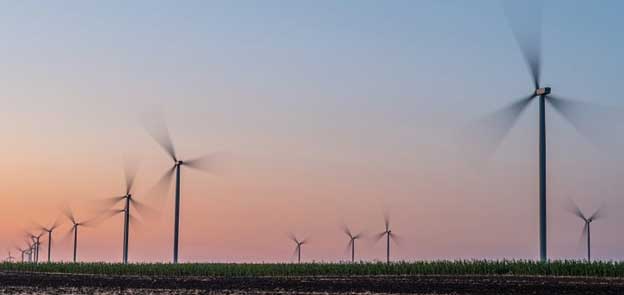At COP26, EBRD Launches Plan to Mobilise Private Capital for Climate Finance

LONDON, Nov 05 (IPS) - The European Bank for Reconstruction and Development (EBRD) has announced its intention to double the mobilisation of private sector climate financing by 2025.
The way to achieve this target was set out in an Action Plan on Mobilising Private Capital for Climate Finance, unveiled at COP26, the global climate summit. With this plan the EBRD will support the transition to a low carbon economy in its countries of operations.
The EBRD’s plan spans the full range of activities to stimulate investment from green and sustainability-linked bonds through innovative financing mechanisms for industrial decarbonisation to targeted loans to support for the circular economy.
At the heart is a focus on policy activities to develop a regulatory environment that makes low-carbon investments commercially viable.
These activities, from the implementation of renewable energy auctions to the design of low-carbon sector pathways, are intended to trigger sustainable demand for climate-friendly investment and in turn for private capital.
“Globally, there is a significant increase in private capital committed to green finance. The EBRD will help direct that money to its countries of operations. Its ability to do so rests not on a single approach or instrument, but on a broad range of bespoke interventions. Some seek to increase the supply of private capital to EBRD countries of operations,” said EBRD President Odile Renaud-Basso.
“However, the key focus of the Bank’s work is to increase the demand for this capital: the supply of bankable investment projects that attract financial flows seeking a return. This requires approaches that respond to the specific situations of markets and clients.”
Together with other multilateral development banks (MDBs), the Bank plays a leading role in helping to decarbonise economies and enable the transition to a more sustainable future, with a focus on involving the private sector in tackling climate change.
A major challenge in emerging economies and developing countries is a shortage of bankable climate projects. Several factors limit the supply of such projects. The most fundamental is the lack of either an implicit or an explicit carbon price. Without a carbon price, many green investments are not commercially viable.
The 2021 United Nations Framework Convention on Climate Change (UNFCCC) conference is key to delivering climate action, with countries making more ambitious climate pledges to move closer to the goal of limiting global warming to 1.5C, with the aim of reaching carbon neutrality by 2050.
Financiers, including MBDs like the EBRD, are preparing to deliver more support to realise those plans.
The EBRD is supporting these goals not only with investments in green energy, energy efficiency and energy savings. The Bank is also supporting especially exposed countries like Kazakhstan or Uzbekistan to develop roadmaps to low or zero carbon economies and it is addressing the need for a ‘just transition’ with recent investments, for instance in North Macedonia.
The EBRD brings two recent commitments of its own on enhancing its climate action. One is to increase the proportion of its green investments to more than 50 per cent of the total by 2025. The second is by 2023 to align all its operations with the goals of the Paris Agreement.
The EBRD supports the green transition in the 38 economies in Europe, Asia and Africa where it currently invests.
Vanora Bennett is EBRD green spokeswoman
Follow @IPSNewsUNBureau
Follow IPS News UN Bureau on Instagram
© Inter Press Service (2021) — All Rights Reserved. Original source: Inter Press Service
 Global Issues
Global Issues